This new class of antivirals could unlock treatment for viruses beyond just dengue that have been challenging to treat in the past.
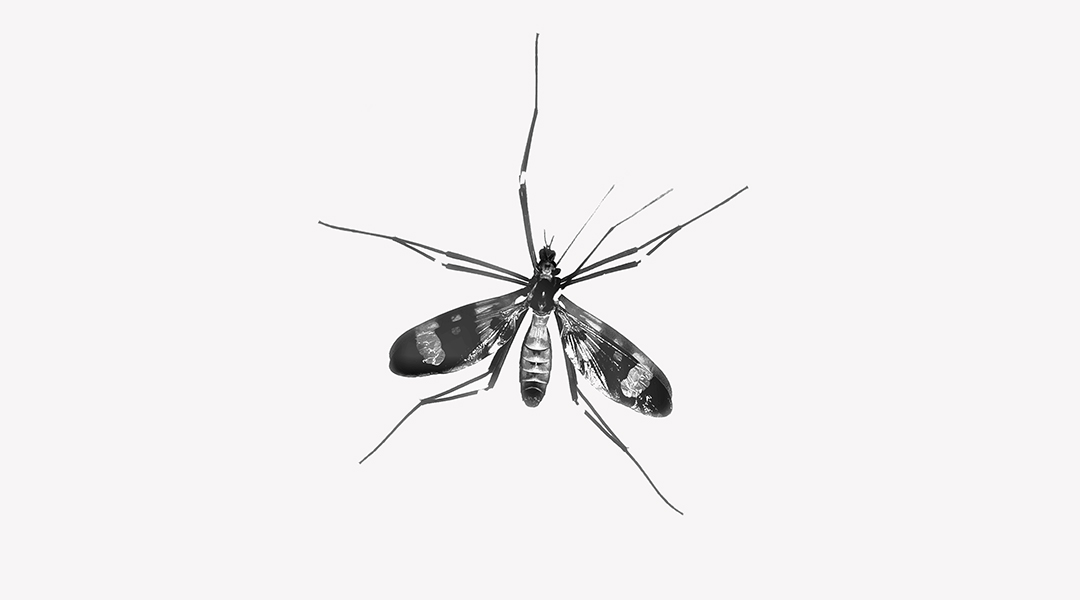

This new class of antivirals could unlock treatment for viruses beyond just dengue that have been challenging to treat in the past.

There is an urgent need to replace fossil-derived plastics with biodegradable alternatives but do they solve microplastics’ health issues?

A mouse study provides new insights into the brain mechanisms behind the effectiveness of SAD lamps in alleviating depression.
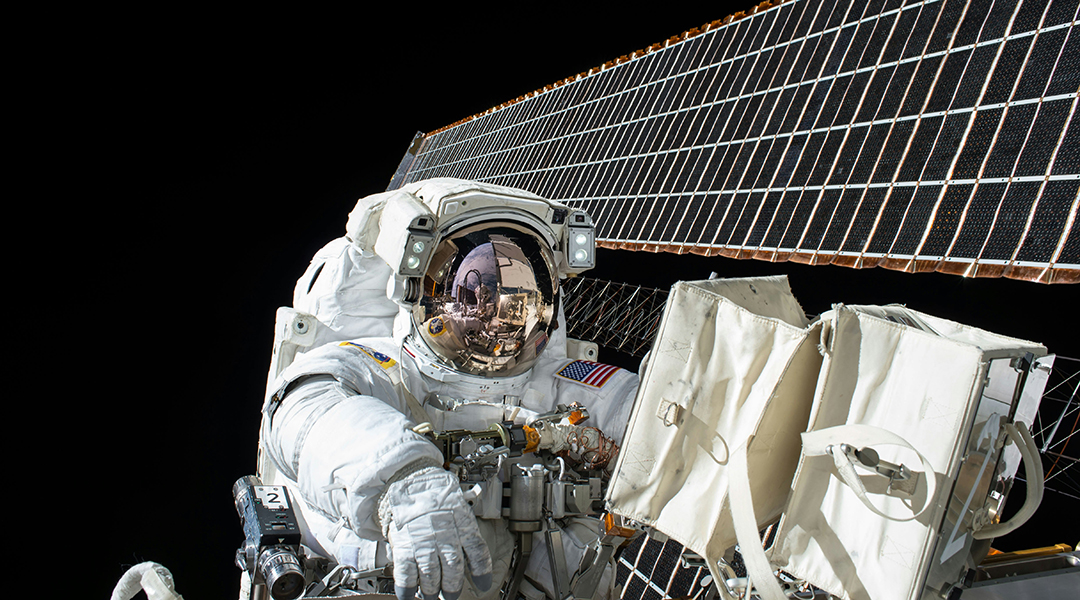
Future astronauts may be protected from galactic cosmic rays thanks to a novel organ-on-chip system containing interconnected human tissue.

Nanoparticles disrupted the placenta’s secretion of biomolecules essential for blood vessel growth, hormone production, and immune function.
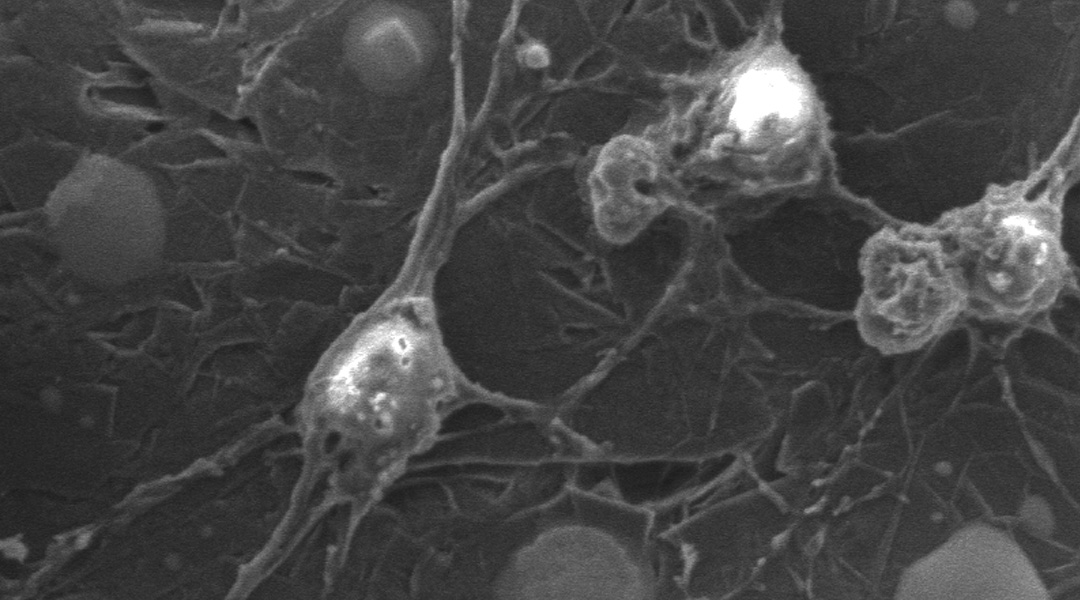
A patch delivers electrical pulses to help support stem cell growth, helping mice recover mobility in their hind legs in preliminary studies.
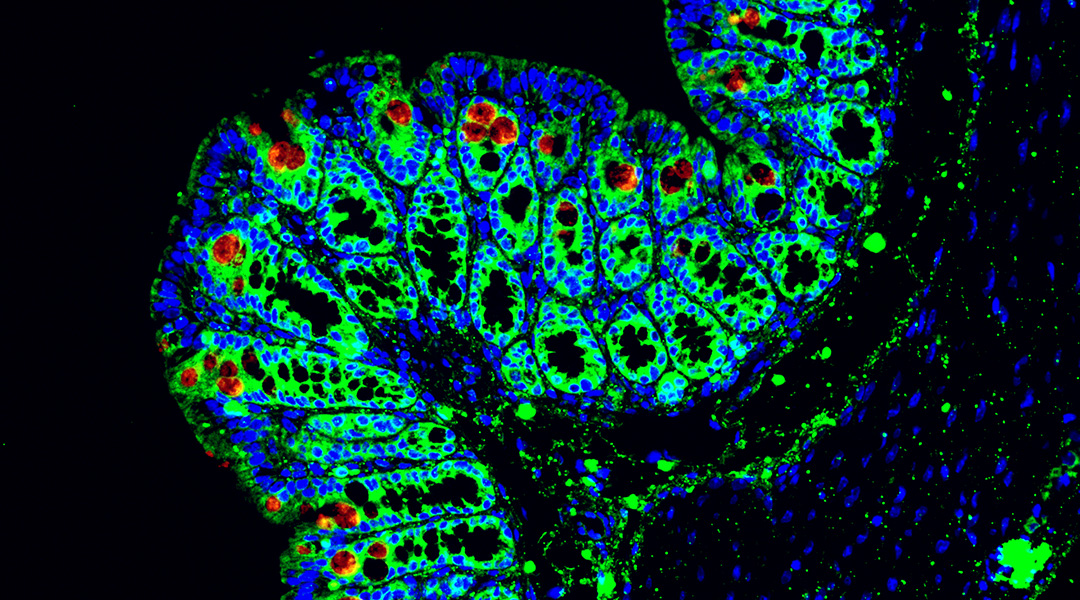
Scientists discover interactions between gut bacteria and immune cells that cause inflammatory bowel disease in glycogen storage disease.
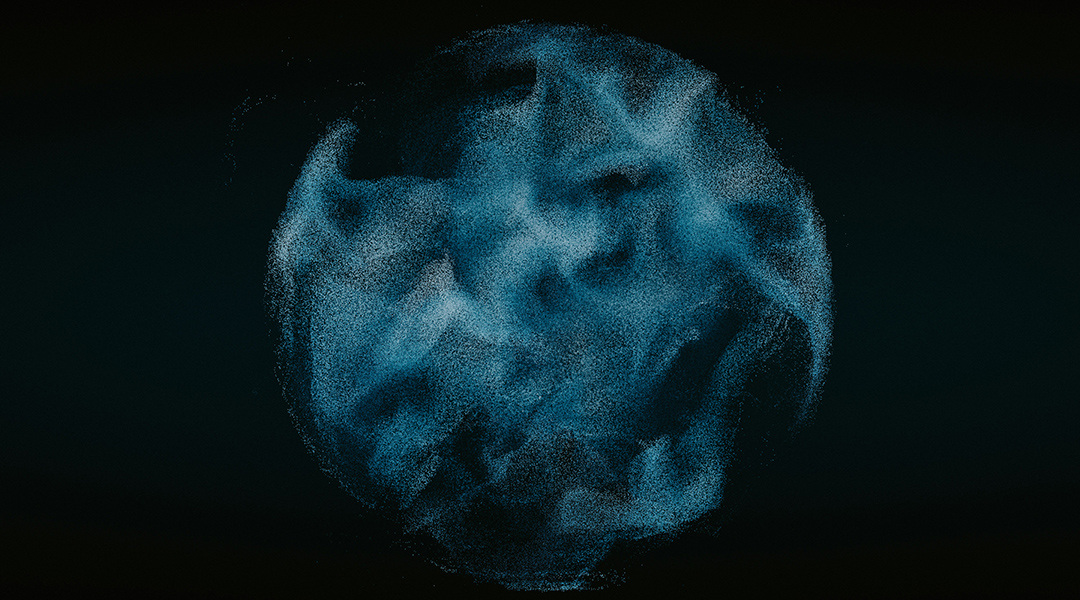
1 in 10 women suffer from polycystic ovarian syndrome, yet its fundamental workings remain largely unknown.
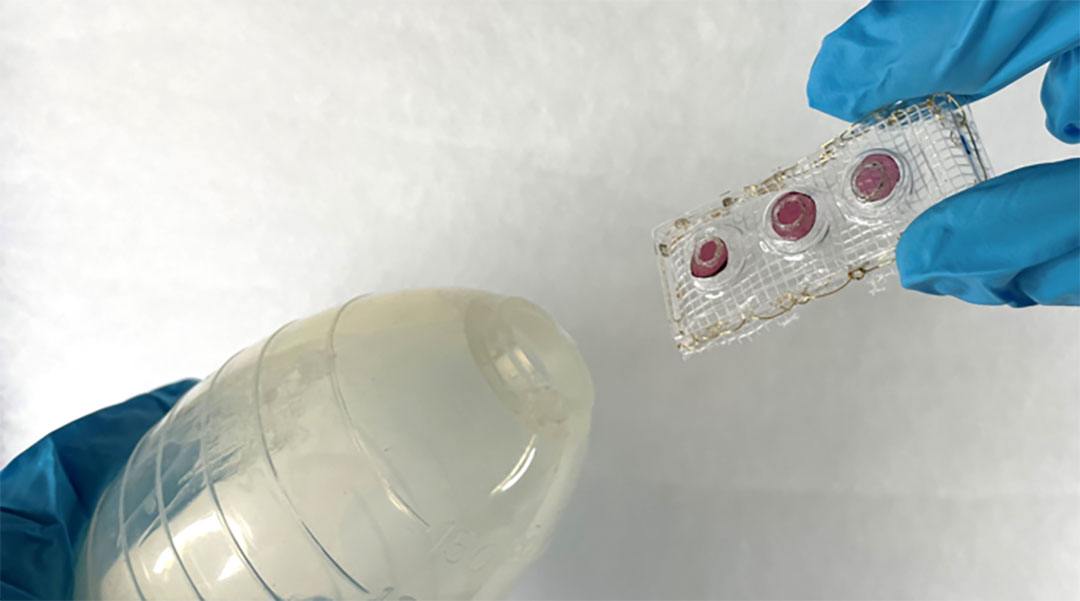
Enzymes embedded into a plastic strip enable the rapid, naked eye-detection of incompletely healed tissue following abdominal surgery.

Scientists are approaching disease and diagnosis in a new way, leverage big data to provide better options for both clinicians and patients.